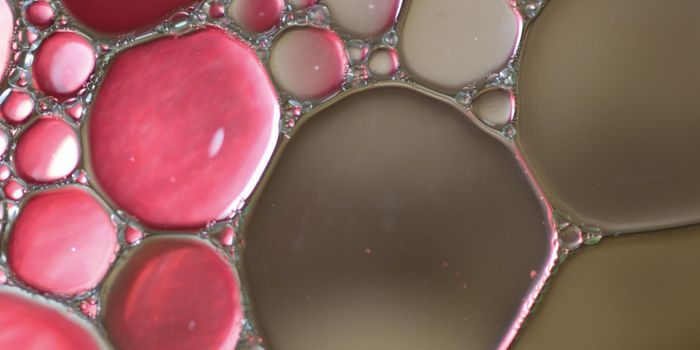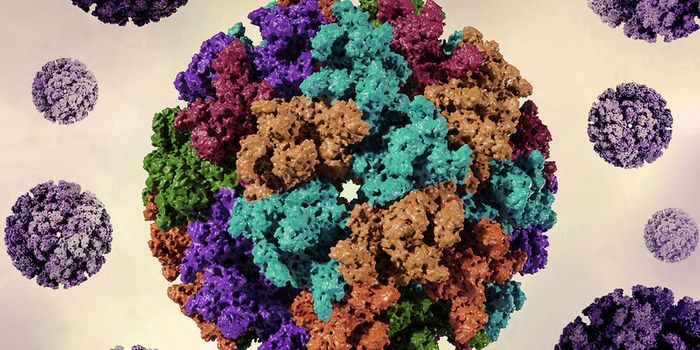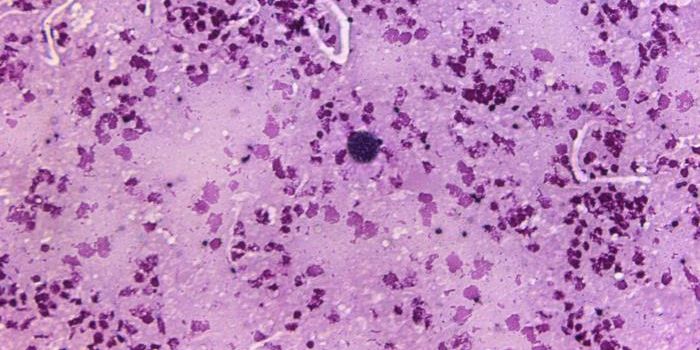The Human Genome Project to sequence our genome was fully completed by 2003, and it soon became clear that the next hurdle was to figure out the function of all of the genes and their associated regulatory mechanisms. Not every cell expresses every gene all the time; the specialized functions of cells depend on the expression of genes, most of which are destined to become proteins – cellular building blocks. At the 2016 meeting of the American Society for Cell Biology in San Francisco, it was announced that researchers have developed a Cell Atlas that is openly accessible and interactive.
The new Cell Atlas displays the location of over 12,000 proteins within cells. This new technology will be a great help to those studying spatial proteomics, a new field in which proteins are studied in a dimensional context thought to be more relevant to physiology.
"After the genome project, which has characterized the number of human protein-coding genes, the next step is to elucidate the function of these proteins. Being able to show the location of human proteins in time and space with subcellular resolution is an essential first step towards gaining new insights into protein function,” explained the Director of the Human Protein Atlas, Mathias Uhlen, a Professor at KTH Royal Institute of Technology.
The Human Protein Atlas Initiative, a Swedish project, made the video above about the cell as well as the
Cell Atlas, which provides multicolor, high-resolution images of cells that have been stained by immunofluorescence, a technique in which antibodies attach to proteins inside of cells in culture, and those antibodies are then visualized by fluorescence. The atlas therefore displays the subcellular expression pattern and spatial location of over 12,000 proteins within 30 different cellular structures.
Through this work, it was shown that over half of all proteins map to more than one subcellular compartments, and a portion of proteins show variable expression even within one cell.
This research enlisted the help of online gamers to complete the prject. CCP Games, Massively Multiplayer Online Science (MMOS), Reykjavik University, and the Cell Atlas group collaboratively made a mini-game called
Project Discovery for EVE Online gamers.
"At any time and place in EVE Online, players are able to play the mini-game, Project Discovery, and categorize the protein expression patterns from Cell Atlas images into different organelle categories. This was a help for us in classifying organelle substructures and refining the details in the Cell Atlas,” said KTH Associate Professor Emma Lundberg, Director of the Cell Atlas.
"In particular, we expect the Cell Atlas to play a key role in the exciting new area of spatial proteomics. In order to expand our understanding of the workings of human cells from a holistic point of view, in particular in the context of health and disease, detailed knowledge about the underlying molecular system is needed," Lundberg said.
Sources:
AAAS/Eurekalert! via
KTH, Royal Institute of Technology









